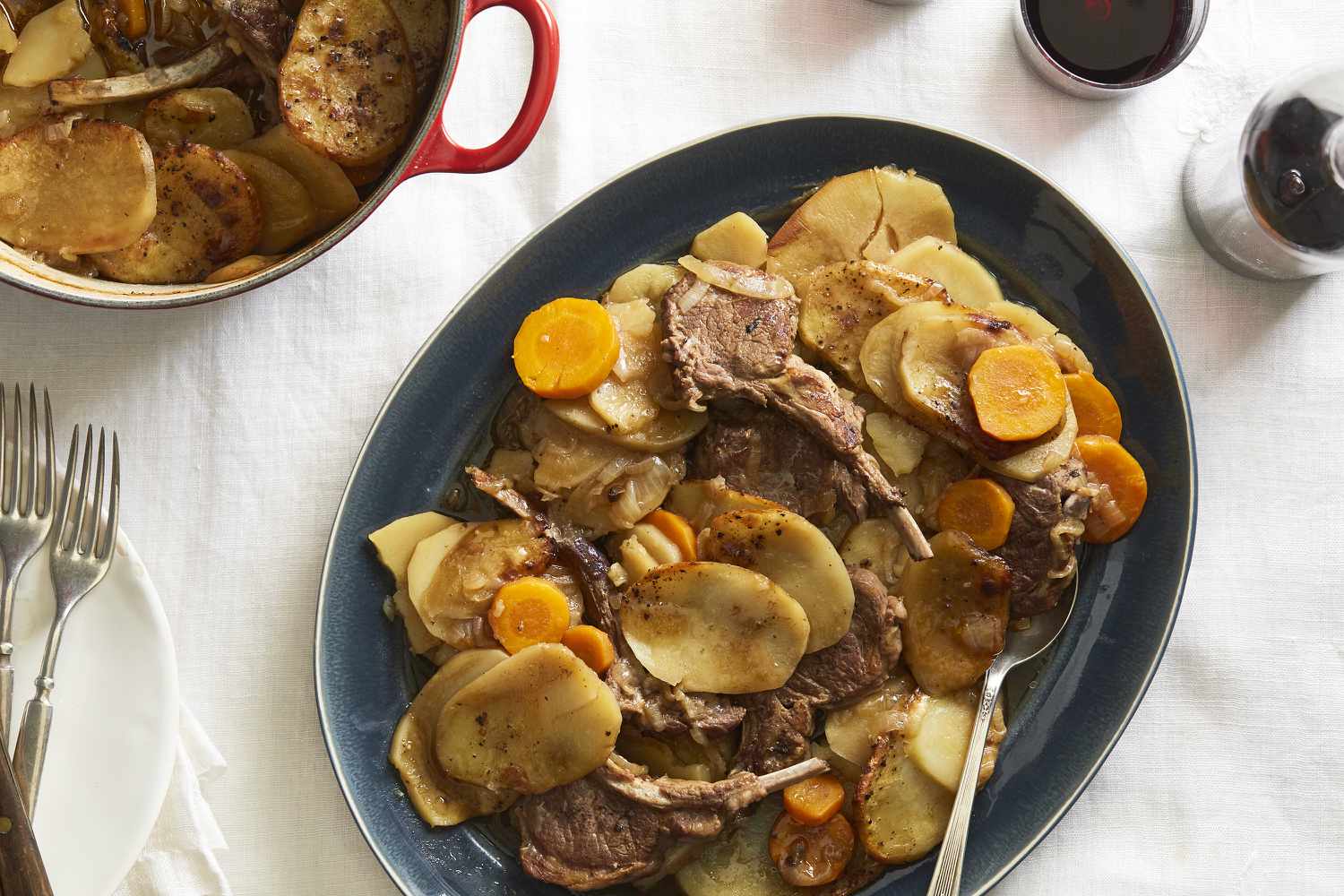

Articles
What Is A British Hot Pot
Modified: August 26, 2024
Learn all about British hot pots in this informative article. Discover the history, ingredients, and recipes for this traditional dish.
(Many of the links in this article redirect to a specific reviewed product. Your purchase of these products through affiliate links helps to generate commission for Storables.com, at no extra cost. Learn more)
Introduction
The British hot pot is a traditional dish that has been enjoyed for centuries in Britain. This hearty and comforting meal has its roots in working-class communities, where families would gather around the table to share a warm and nourishing meal.
The hot pot is known for its simplicity and versatility, making it a favorite among households across the country. It typically consists of layers of meat, vegetables, and stock, all cooked together in a single pot. The slow cooking process allows the flavors to meld together, creating a rich and flavorful dish.
In this article, we will explore the history of the British hot pot, the ingredients used, a traditional hot pot recipe, regional variations, serving suggestions, popular hot pot restaurants, the cultural significance of this dish, and its health benefits. By the end, you’ll have a newfound appreciation for this quintessentially British comfort food.
Key Takeaways:
- The British hot pot is a versatile, comforting dish with a rich history rooted in working-class communities, reflecting the values of togetherness, tradition, and resourcefulness in British culture.
- With its nutrient-dense ingredients, balanced nutrition, and ability to evoke feelings of comfort and satisfaction, the British hot pot offers not only delicious flavors but also potential health benefits for those who enjoy it in moderation.
Read more: What Is A Hot Pot Restaurant
History of British Hot Pot
The British hot pot has a long history that dates back centuries. It originated as a practical and economical way for families to make use of leftover ingredients and create a filling meal. The dish was particularly popular in northern England, where it was a staple in working-class communities.
The hot pot was traditionally cooked in a pot or casserole dish with a tight-fitting lid, which allowed for slow and even cooking. This method of cooking was ideal for households with limited resources, as it required minimal supervision and could be left to simmer on a low heat for hours.
In the early days, hot pots were typically made with mutton or beef, as these meats were readily available and affordable. The meat would be layered with sliced potatoes, onions, and other vegetables, such as carrots or turnips. The dish would then be topped with a layer of suet pastry or bread dough to seal in the flavors and retain moisture.
As the industrial revolution swept across Britain in the 18th and 19th centuries, the hot pot became even more popular. Workers in factories and mines would bring hot pots with them for lunch, as they provided a hearty and sustaining meal during long and physically demanding shifts.
Over time, regional variations of the hot pot emerged. For example, the Lancashire hot pot, which originated in the county of Lancashire, is made with lamb or mutton, topped with sliced potatoes, and traditionally cooked in a heavy pot or dish.
Today, the British hot pot continues to be a beloved dish across the country. It is a symbol of British culinary heritage and a comforting reminder of the traditions and flavors that have been passed down through generations.
Ingredients Used in British Hot Pot
The ingredients used in a British hot pot may vary slightly depending on the region and personal preferences, but there are a few key components that are typically included.
1. Meat: The most common meat used in a hot pot is lamb or mutton. The cuts of meat can range from shoulder to shank, as these cuts tend to have more flavor and become tender when slow-cooked. However, variations of the hot pot may also use beef or even chicken.
2. Vegetables: Onions are a staple ingredient in a British hot pot, providing a depth of flavor. Other commonly used vegetables include carrots, potatoes, turnips, and leeks. The vegetables are typically sliced or diced and layered with the meat.
3. Stock: A flavorful stock is essential for cooking the hot pot. Traditionally, lamb or beef broth is used, adding richness to the dish. The stock helps to tenderize the meat and infuse the flavors into the vegetables.
4. Seasonings: Various herbs and spices can be added to enhance the flavors of the hot pot. Common seasonings include thyme, rosemary, bay leaves, salt, and pepper. The seasonings are often added to the stock or sprinkled on top of the layers of meat and vegetables.
5. Pastry or Bread Dough: In some variations of the hot pot, a layer of suet pastry or bread dough is placed on top of the meat and vegetables to create a crust. This helps to retain moisture and adds a comforting element to the dish.
It’s worth noting that while the base ingredients remain relatively consistent, each household and region may include their own variations, such as adding Worcestershire sauce, stout beer, or even barley.
The beauty of the British hot pot lies in its simplicity, allowing for flexibility and customization to suit individual tastes. Whether enjoyed on a cold winter’s night or as a delightful family meal, the ingredients come together to create a truly satisfying and nourishing dish.
Traditional British Hot Pot Recipe
Here is a classic recipe for a traditional British hot pot that you can easily recreate at home:
Ingredients:
- 500g lamb or mutton, cut into chunks
- 2 large onions, sliced
- 4 medium-sized potatoes, peeled and sliced
- 2 carrots, peeled and sliced
- 1 leek, sliced
- 500ml lamb or beef stock
- A handful of fresh thyme
- Salt and pepper to taste
- Suet pastry or bread dough (optional)
Instructions:
- Preheat your oven to 180°C (350°F).
- In a large ovenproof dish or casserole, start by layering the onions at the bottom.
- Next, add a layer of lamb or mutton chunks on top of the onions.
- Add a layer of potatoes, followed by carrots and leeks.
- Repeat the layers until all the ingredients are used, finishing with a layer of potatoes on top.
- Sprinkle fresh thyme, salt, and pepper over the layers.
- Pour the lamb or beef stock over the ingredients, ensuring it covers the vegetables and meat.
- Place a lid on the dish or cover with suet pastry or bread dough to create a seal.
- Place the dish in the preheated oven and cook for about 2 to 2 ½ hours until the meat is tender and the vegetables are cooked through.
- If using suet pastry or bread dough, remove the lid or crust during the last 20 minutes of cooking to allow it to brown and crisp up.
- Serve the hot pot hot and enjoy its hearty flavors!
This traditional British hot pot is perfect for a cozy family meal or a gathering with friends. The slow cooking process allows the flavors to meld together, resulting in a delicious and comforting dish that will warm both your heart and stomach.
Regional Variations of British Hot Pot
While the traditional British hot pot recipe is widely enjoyed across the country, there are also several regional variations that incorporate local ingredients and cooking techniques. Here are a few notable regional variations:
1. Lancashire Hot Pot: Originating in the county of Lancashire, this version of the hot pot is made with lamb or mutton, thinly sliced potatoes, and onions. The dish is traditionally cooked in a heavy pot or dish with a pastry crust on top. The slow cooking process allows the potatoes to become tender and create a deliciously golden crust.
2. Cumbrian Hot Pot: Hailing from the scenic county of Cumbria, this variation features beef instead of lamb or mutton. It also includes onion, carrots, and potatoes, but what sets it apart is the addition of peas and bacon. The smoky flavor of the bacon adds a unique twist to this regional hot pot.
3. Cornish Pork Stargazy Pie: This unique variation hails from Cornwall and features a creative presentation of the hot pot. The dish consists of a pastry crust with fish heads, tails, and sometimes even whole fish, protruding from the crust. The name “stargazy” comes from the position of the fish, which appear to be looking up at the stars. It is an eccentric and visually striking version of the hot pot.
4. Scottish Beef Hot Pot: In Scotland, the hot pot takes on a distinctive twist with the use of beef. The dish typically features layers of beef, potatoes, carrots, onions, and sometimes even rutabaga. It is often served with a side of pickled beetroot, adding a tangy and refreshing element to the hearty meal.
5. Irish Stew: Though not technically a hot pot, the traditional Irish stew shares many similarities. It is made with lamb or mutton, potatoes, onions, and carrots, slow-cooked in a single pot. The addition of barley in some variations gives the stew a thick and hearty texture.
These regional variations showcase the diverse culinary heritage of the United Kingdom. Each variation brings its own unique combination of flavors and ingredients, reflecting the local customs and traditions of the respective regions. Whether you choose the classic British hot pot or one of its regional counterparts, you’re sure to savor a delicious and heartwarming meal.
For a traditional British hot pot, use lamb or beef, layer with potatoes and onions, and slow cook in a heavy pot for a rich, comforting meal.
Read more: What Is Chicken Hot Pot
Serving Suggestions for British Hot Pot
The British hot pot is a versatile dish that can be enjoyed on its own or paired with complementary accompaniments. Here are some delicious serving suggestions to enhance your hot pot dining experience:
1. Pickles and Chutneys: Serve your hot pot with a selection of pickles and chutneys. Tangy pickled onions, beetroot, or Branston pickle are popular choices that add a burst of flavor and contrast to the rich and savory hot pot.
2. Crusty Bread: A thick slice of crusty bread is the perfect accompaniment to mop up the flavorful juices of the hot pot. It adds a satisfying texture and can be used to create hearty and delicious sandwiches with any leftovers.
3. Peas and Mint: A side of peas, either fresh or mushy, is a classic addition to the hot pot. The bright green color and natural sweetness of the peas complement the rich flavors of the dish. Adding a sprinkle of fresh mint leaves elevates the freshness and adds a pleasant aroma.
4. Mustard or Horseradish: For those who enjoy a little kick of heat, serve your hot pot with a dollop of mustard or horseradish sauce. The sharpness and pungency of these condiments cut through the richness of the dish and provide a burst of flavor.
5. Cabbage or Kale: A side of steamed cabbage or kale is a wholesome and nutritious addition to the hot pot. These leafy greens provide a refreshing contrast and balance to the meaty flavors, adding a burst of color and essential vitamins.
6. Roasted Root Vegetables: Roasted root vegetables, such as parsnips or carrots, make a fantastic side dish for the hot pot. The natural sweetness and caramelization of the roasted veggies complement the savory flavors of the dish and add an extra layer of texture.
7. Gravy or Mint Sauce: To further enhance the flavors and moisten the dish, serve the hot pot with a generous drizzle of thick gravy or mint sauce. The richness of the gravy complements the meat and vegetable layers, while the mint sauce adds a refreshing and aromatic touch.
Remember to serve the hot pot piping hot, straight from the oven, to truly enjoy the comforting and soul-warming qualities of this classic British dish. Pair it with your favorite accompaniments and share it with loved ones for a memorable dining experience.
Popular British Hot Pot Restaurants
The British hot pot has a strong presence in culinary establishments across the United Kingdom. Here are a few popular restaurants known for their delicious hot pot offerings:
1. The Swan Inn, Lancashire: Located in Lancashire, this cozy and traditional pub is renowned for its authentic Lancashire hot pot. The dish is made with succulent lamb, tender vegetables, and topped with a crispy pastry crust, resulting in a delectable and comforting meal.
2. The Clog & Billycock, Lancashire: Another Lancashire gem, The Clog & Billycock is a renowned gastropub that serves a delightful hot pot. Their version features slow-cooked lamb shoulder in a rich gravy, layered with potatoes, onions, and topped with a crispy breadcrumb crust.
3. The Angel & Blue Pig, New Forest: Nestled in the scenic New Forest region, this charming countryside inn offers a modern twist on the hot pot. Their hot pot features locally sourced ingredients, including New Forest lamb, seasonal vegetables, and a flavorful jus, creating a memorable dining experience.
4. Mr. Thomas’s Chop House, Manchester: A Manchester institution, Mr. Thomas’s Chop House is known for its traditional British fare, including their famous hot pot. Their classic recipe features tender chunks of lamb, potatoes, carrots, and onions, slow-cooked to perfection, making it a must-try for hot pot enthusiasts.
5. The Ivy, London: The Ivy, a renowned restaurant in London, offers a luxurious take on the British hot pot. Their version features tender braised lamb, root vegetables, and a rich red wine gravy, presented with elegance and served in a sophisticated setting.
6. The Crooked Tap, Cornwall: Located in Cornwall, The Crooked Tap offers a unique take on the hot pot with their Cornish Pork Stargazy Pie. This visually stunning dish features fish heads and tails protruding from a golden pastry crust, celebrating the region’s rich seafood heritage.
7. The Beehive, Edinburgh: Situated in Edinburgh, The Beehive is known for its Scottish Beef Hot Pot. This hearty dish features layers of succulent beef, potatoes, carrots, and onions, slow-cooked in a rich stock, creating an unforgettable dining experience in the heart of Scotland.
These restaurants represent just a handful of establishments that showcase the diverse and delicious hot pot offerings across the United Kingdom. Whether you’re in Lancashire, London, or anywhere in between, you’re sure to find a delightful hot pot experience that will leave you satisfied and craving for more.
Cultural Significance of British Hot Pot
The British hot pot holds a significant place in British culture and heritage. It is more than just a dish; it represents the values of community, tradition, and comfort that are deeply ingrained in British society. Here are some aspects of the hot pot’s cultural significance:
1. Community and Togetherness: The hot pot has historically been a meal shared among family and friends. It brings people together to enjoy a hearty and nourishing dish, fostering a sense of community and togetherness. The act of gathering around a steaming hot pot creates a bonding experience and strengthens relationships.
2. Working-Class Roots: The hot pot has its origins in working-class communities, where families would make use of inexpensive cuts of meat and leftover ingredients. It symbolizes resilience, resourcefulness, and turning humble ingredients into a satisfying and comforting meal.
3. Culinary Traditions: The hot pot represents a culinary tradition that has been passed down through generations. It is a way of preserving and celebrating local flavors and cooking techniques. Each region in the United Kingdom has its own variation of the hot pot, reflecting the diverse culinary heritage of the country.
4. Comfort and Nostalgia: The hot pot is a quintessential comfort food that evokes a sense of nostalgia. The flavors and aromas of a hot pot cooking in the oven bring back memories of home-cooked meals, family gatherings, and cozy evenings by the fire. It provides a sense of warmth and familiarity in an ever-changing world.
5. Symbol of British Identity: The hot pot is often viewed as a symbol of British identity and traditional British fare. It represents a connection to the land, the seasons, and the simple pleasures of life. It is a dish that is deeply rooted in the cultural fabric of the nation.
6. Revival of Heritage: In recent years, there has been a renewed interest in traditional British cuisine and a revival of heritage recipes. The hot pot has gained popularity as a comforting and wholesome meal that reflects the country’s culinary heritage and craftsmanship.
The cultural significance of the British hot pot extends beyond its basic ingredients and flavors. It represents values, traditions, and a way of life that is cherished by many. By embracing the hot pot, both in its traditional form and as a source of creative inspiration, individuals can celebrate and appreciate the rich cultural heritage of the United Kingdom.
Health Benefits of British Hot Pot
In addition to its delicious taste and cultural significance, the British hot pot offers several health benefits. Here are some of the health benefits associated with this comforting dish:
1. Nutrient-Dense Ingredients: The hot pot typically contains a variety of vegetables, such as potatoes, carrots, onions, and leeks. These vegetables are rich in essential vitamins, minerals, and dietary fiber. They provide nutrients that support overall health, including immune function, digestion, and heart health.
2. Protein Source: The use of lamb, mutton, or beef in the hot pot provides a good source of protein. Protein is essential for building and repairing tissues, supporting healthy immune function, and regulating hormones. It also helps to promote satiety, keeping you feeling full and satisfied after a meal.
3. Controlled Cooking Method: The slow cooking process of the hot pot allows the flavors to develop while retaining the nutrients in the ingredients. This gentle cooking method can help preserve the vitamins and minerals in the vegetables, ensuring you get the maximum nutritional benefit from your meal.
4. Reduced Fat Content: While the hot pot does contain meat, the slow cooking process allows the fat to render out, resulting in a reduced fat content compared to other cooking methods. This can be advantageous for individuals who are mindful of their fat intake for health reasons.
5. Balanced Meal: The hot pot is a complete meal in itself, providing a balance of protein, carbohydrates, and vegetables. This can help ensure that you get a well-rounded meal that includes key macronutrients and micronutrients in one dish, making it convenient and nutritionally balanced.
6. Comforting and Satisfying: The hot pot’s hearty and comforting nature can help promote a healthy relationship with food. It can provide a sense of satisfaction and fullness, reducing the likelihood of overeating or reaching for less nutritious options to satisfy cravings.
7. Mental Well-Being: Comfort foods like the hot pot can have a positive impact on mental well-being. Enjoying a hot, nourishing meal can evoke feelings of comfort, warmth, and contentment. This can help reduce stress levels and promote a sense of relaxation and happiness.
While the hot pot can be a nourishing and healthy meal option, it is important to consume it in moderation as part of a balanced diet. Pay attention to portion sizes and consider incorporating a variety of other nutritious foods into your diet to ensure you meet your overall nutritional needs.
Read more: What Is Dry Hot Pot
Conclusion
The British hot pot is more than just a dish; it is a culinary tradition that reflects the values, culture, and heritage of the United Kingdom. This hearty and comforting meal has been enjoyed for generations, bringing families and communities together in a spirit of togetherness and nourishment.
From its humble working-class origins to its presence in modern-day kitchens and restaurants, the hot pot has evolved and adapted while retaining its core essence. It embodies the spirit of resourcefulness and creativity, making use of simple ingredients to create a flavorsome and satisfying meal.
Through its history, regional variations, and cultural significance, the British hot pot showcases the diversity and richness of the nation’s culinary heritage. It represents the warmth of home, the comforts of tradition, and the celebration of local produce and flavors.
Not only does the hot pot offer a delicious and heartwarming dining experience, but it also provides a range of health benefits. Nutrient-dense ingredients, controlled cooking methods, and balanced nutrition contribute to its appeal as a wholesome and nourishing dish.
Whether enjoyed in a traditional pub, a cozy family kitchen, or at a trendy modern restaurant, the hot pot has a special place in the hearts and taste buds of many. Its ability to bring people together, evoke feelings of comfort and nostalgia, and nourish the body and soul is what makes it truly special.
So, the next time you savor a steaming bowl of British hot pot, take a moment to appreciate the history, culture, and flavors that it represents. Let it warm your heart, bring a smile to your face, and remind you of the power of food to create connections and memories that will last a lifetime.
Frequently Asked Questions about What Is A British Hot Pot
Was this page helpful?
At Storables.com, we guarantee accurate and reliable information. Our content, validated by Expert Board Contributors, is crafted following stringent Editorial Policies. We're committed to providing you with well-researched, expert-backed insights for all your informational needs.
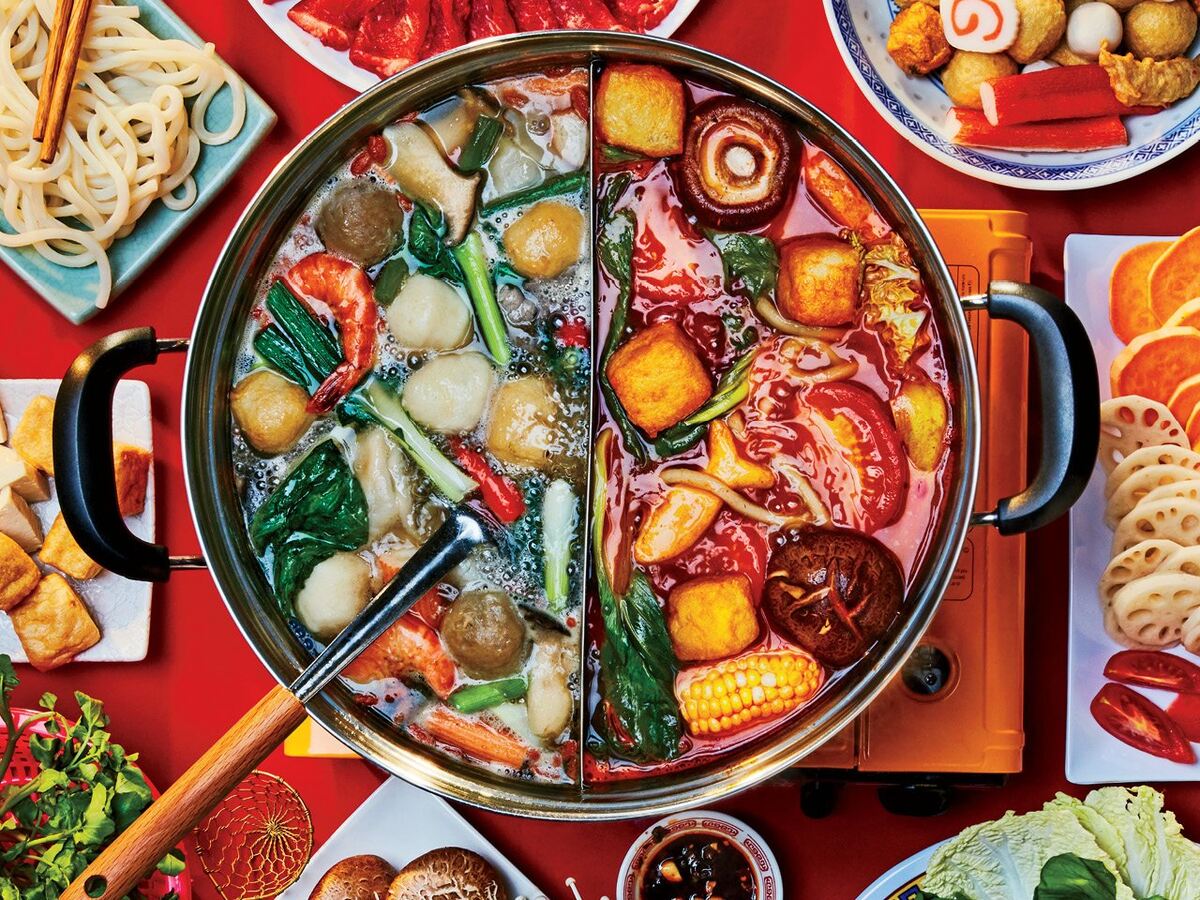
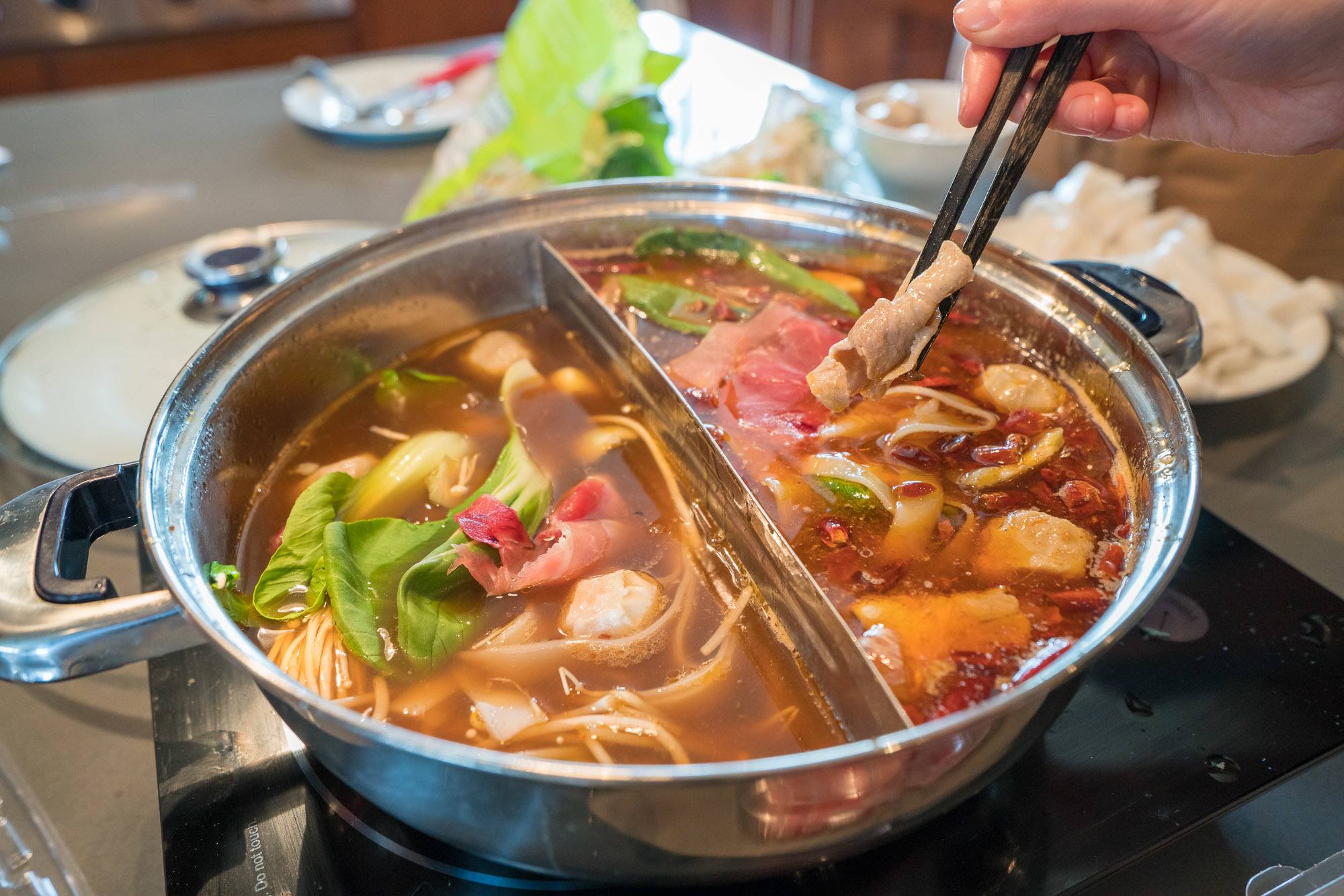
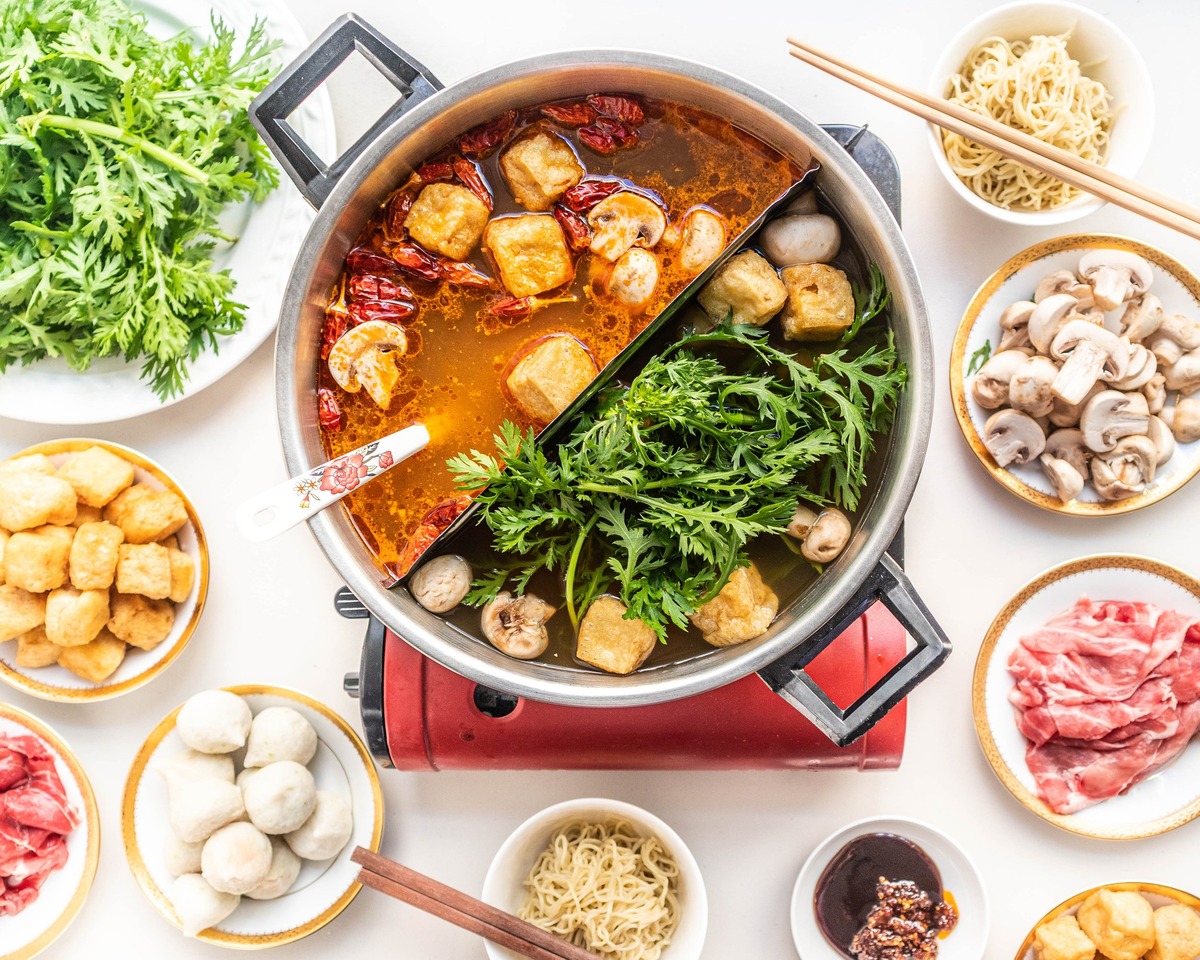
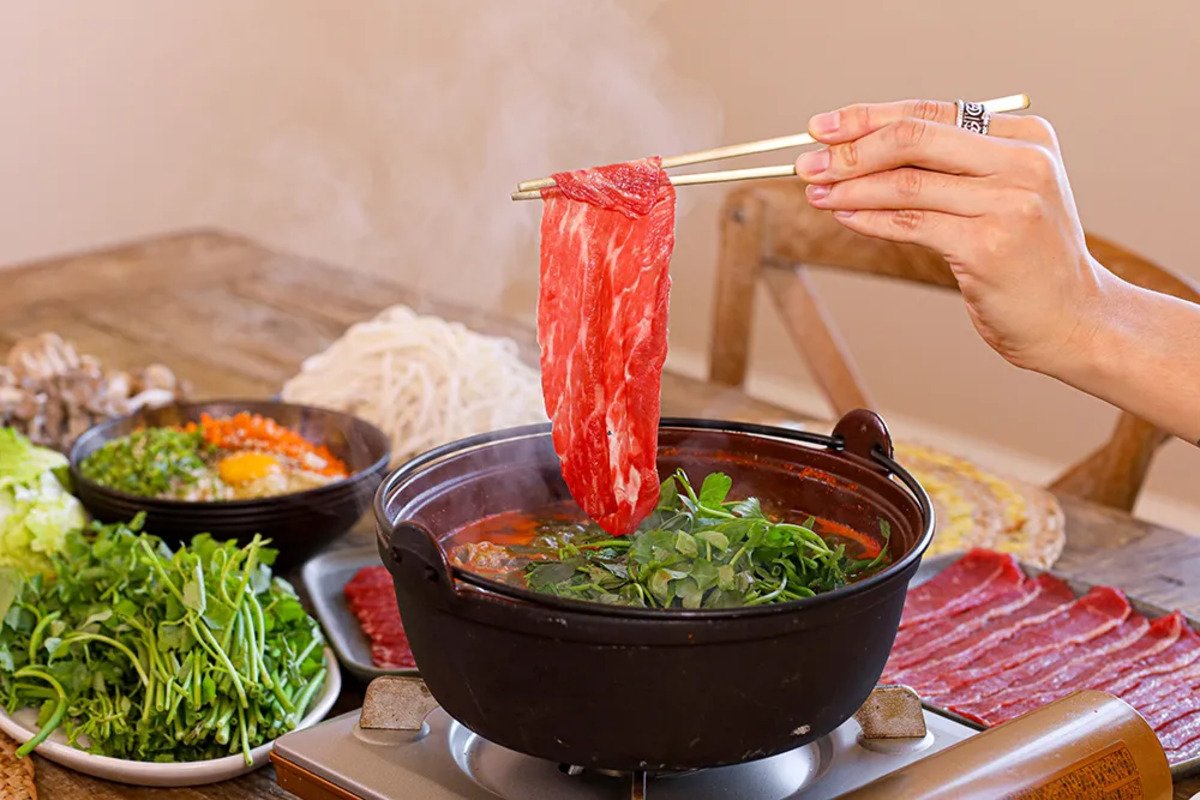
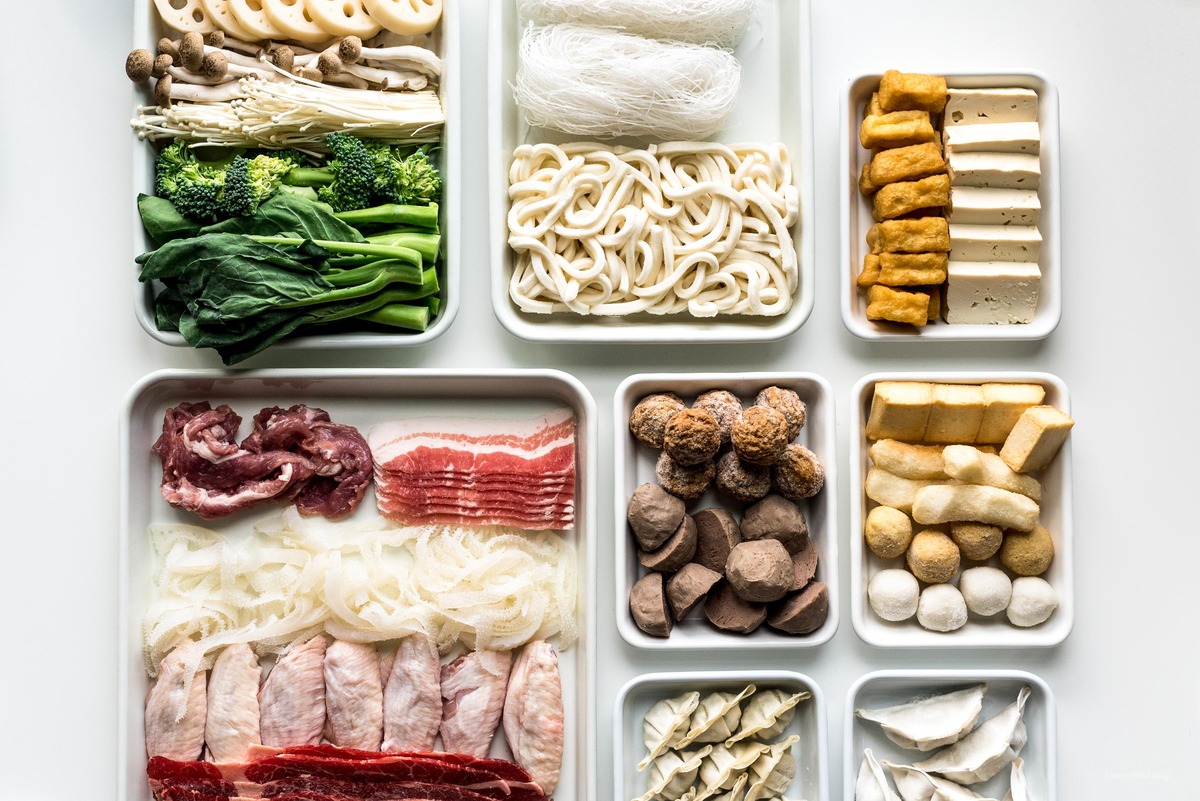
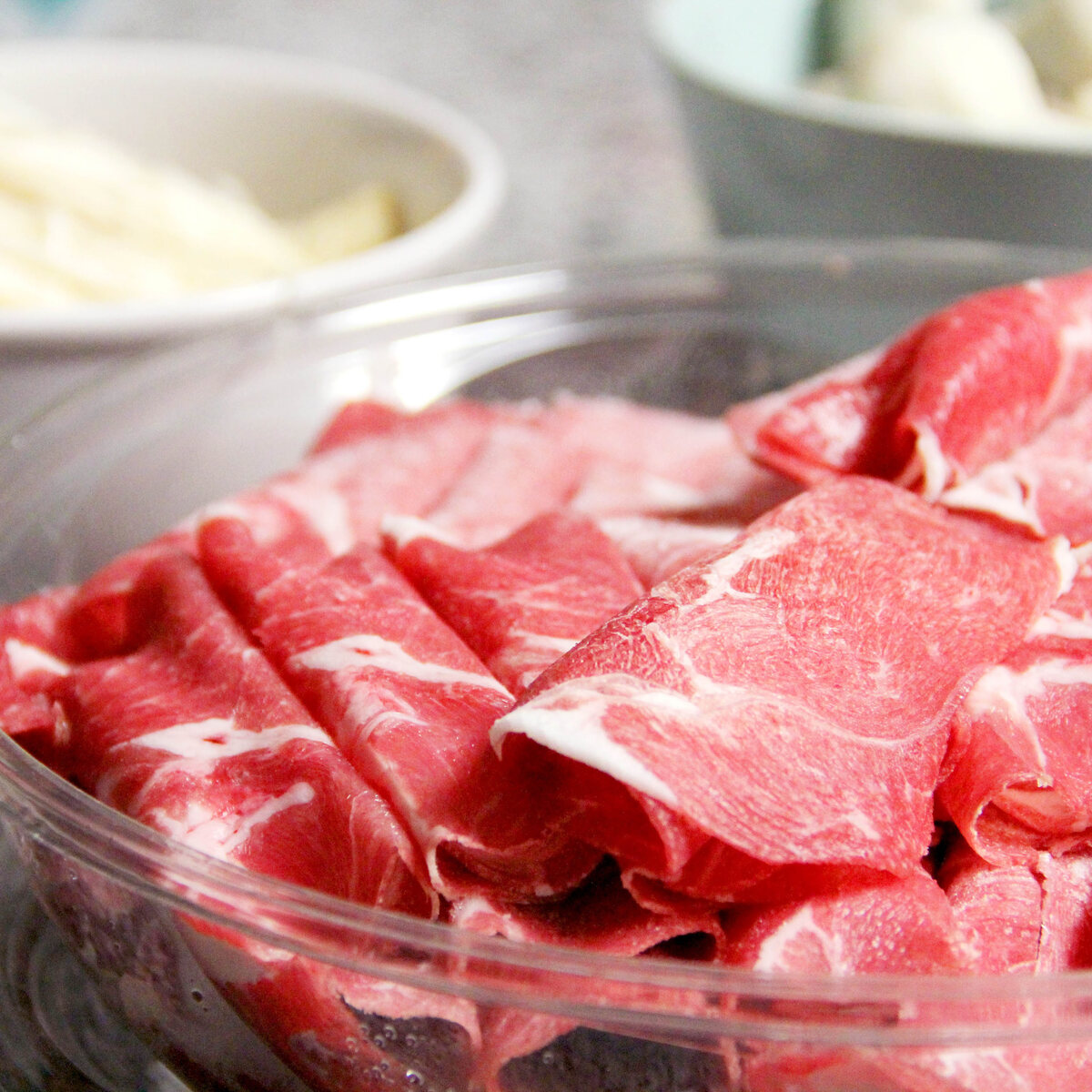
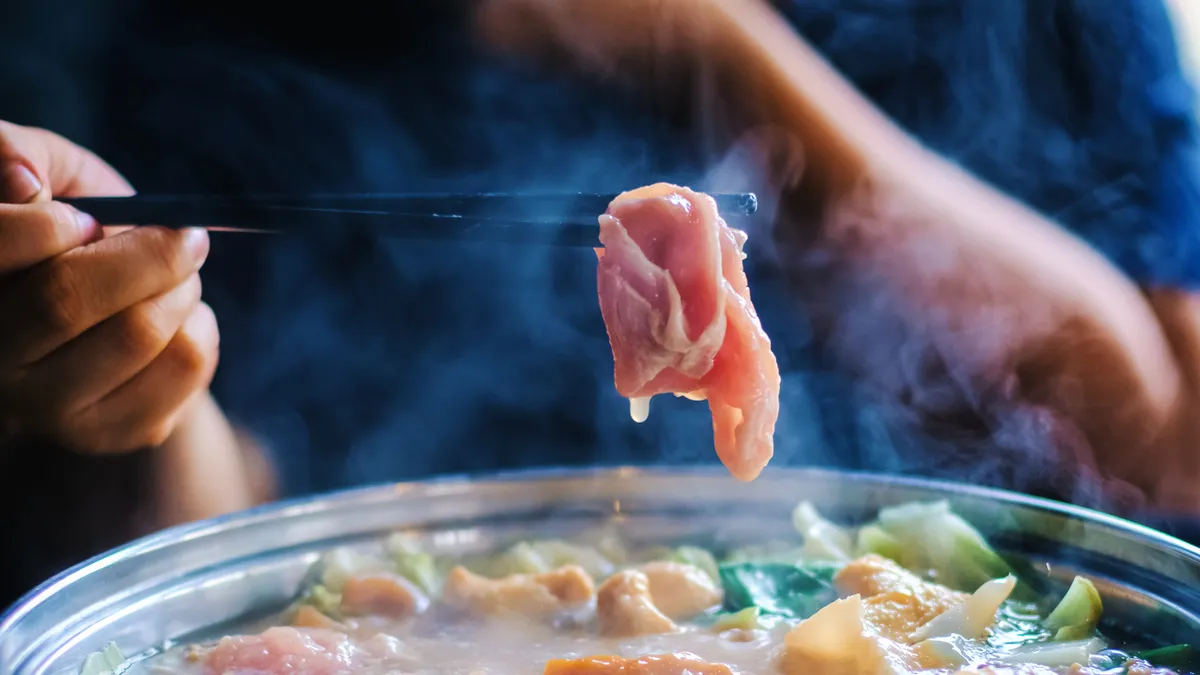

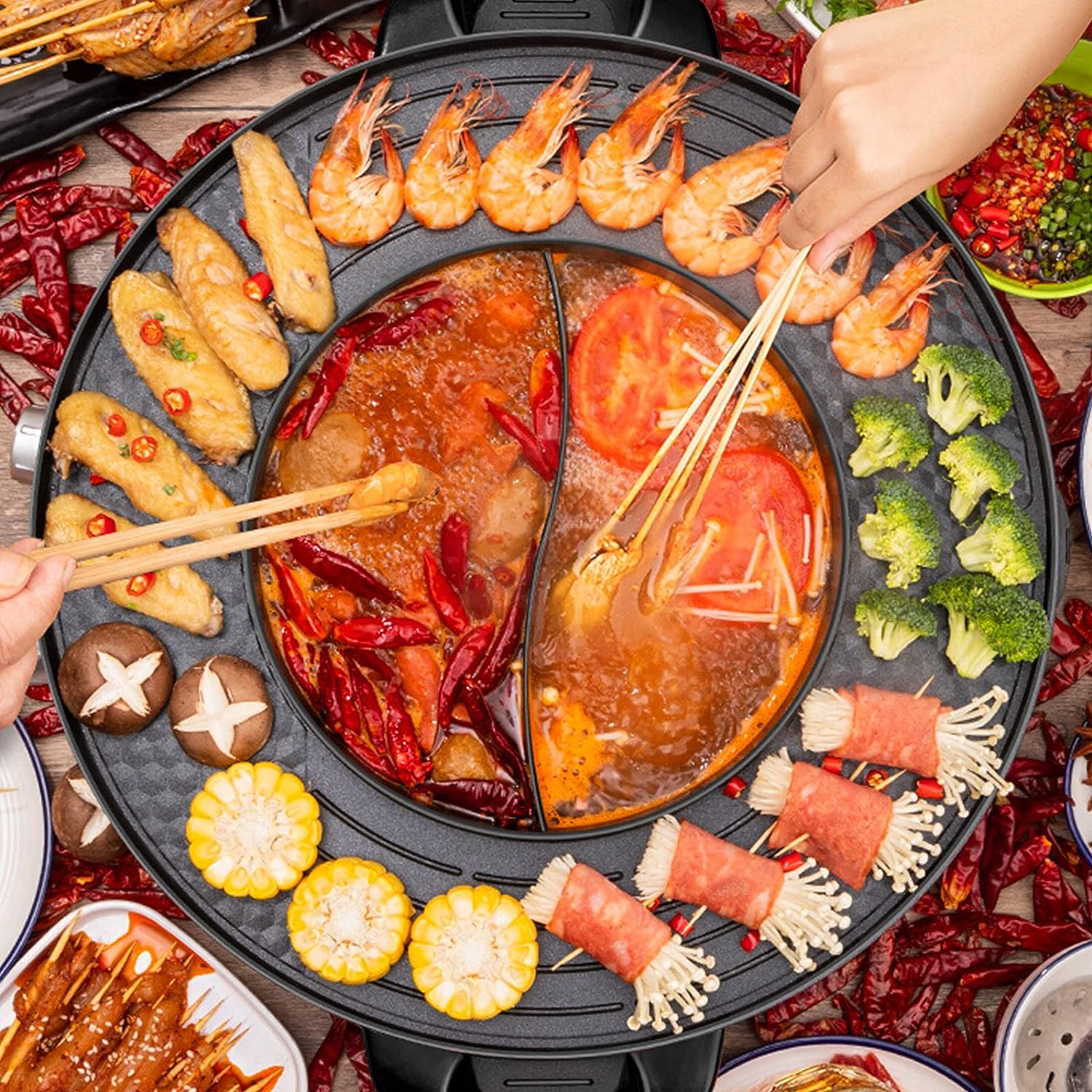
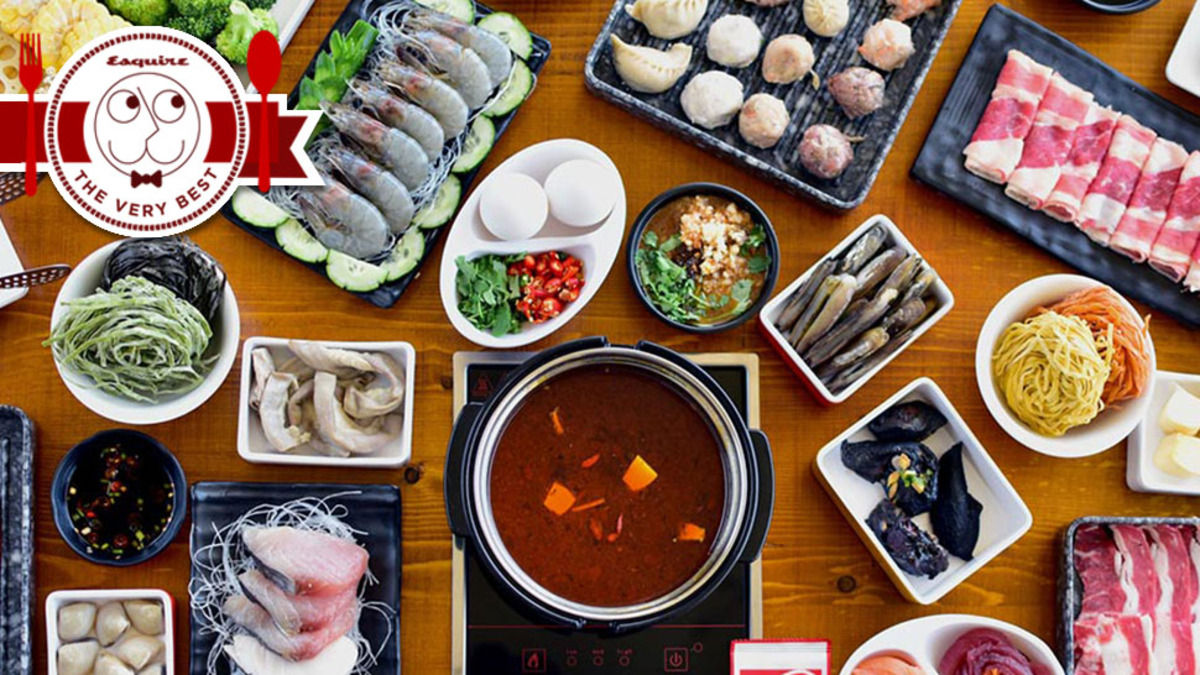
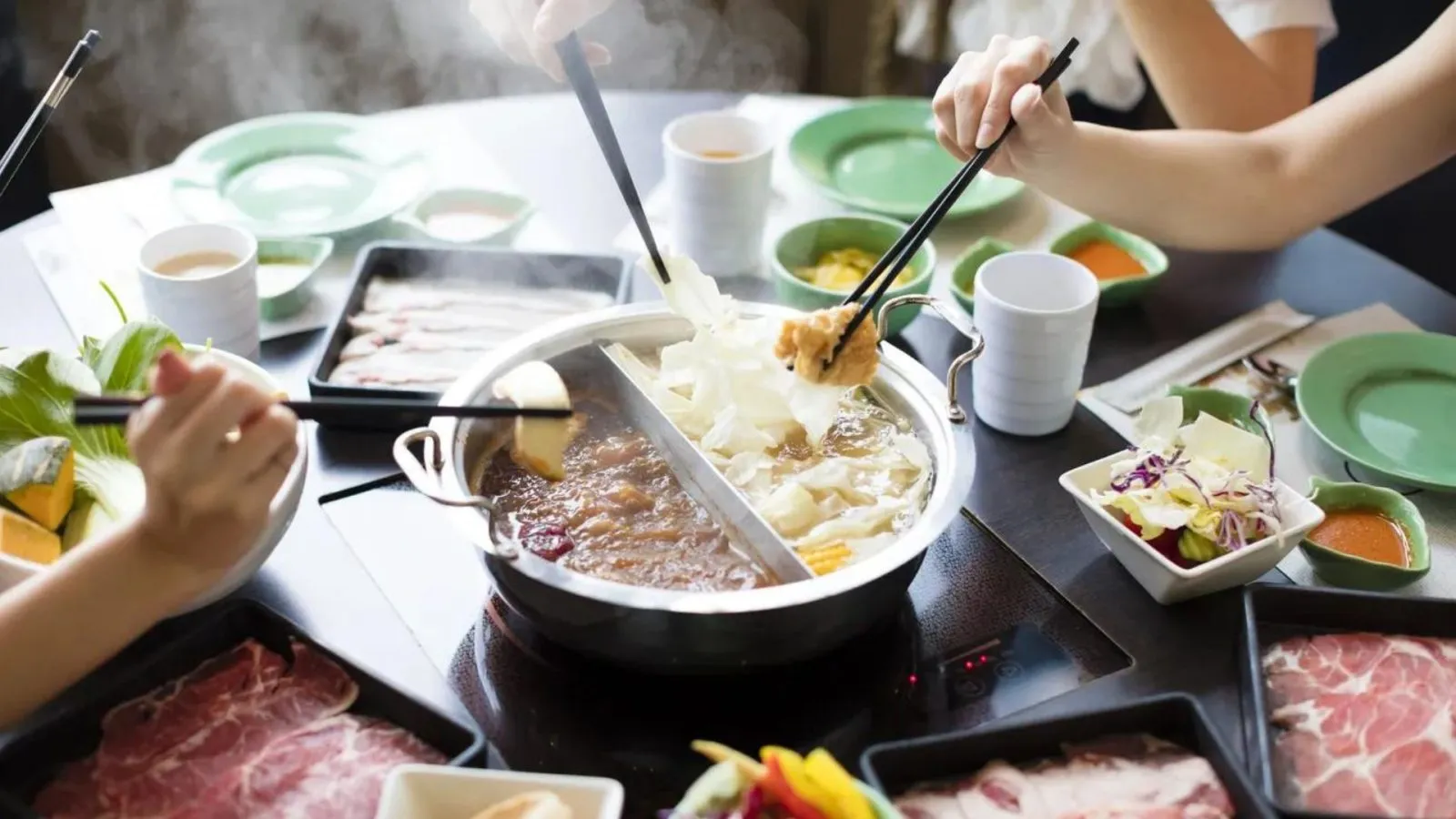



0 thoughts on “What Is A British Hot Pot”